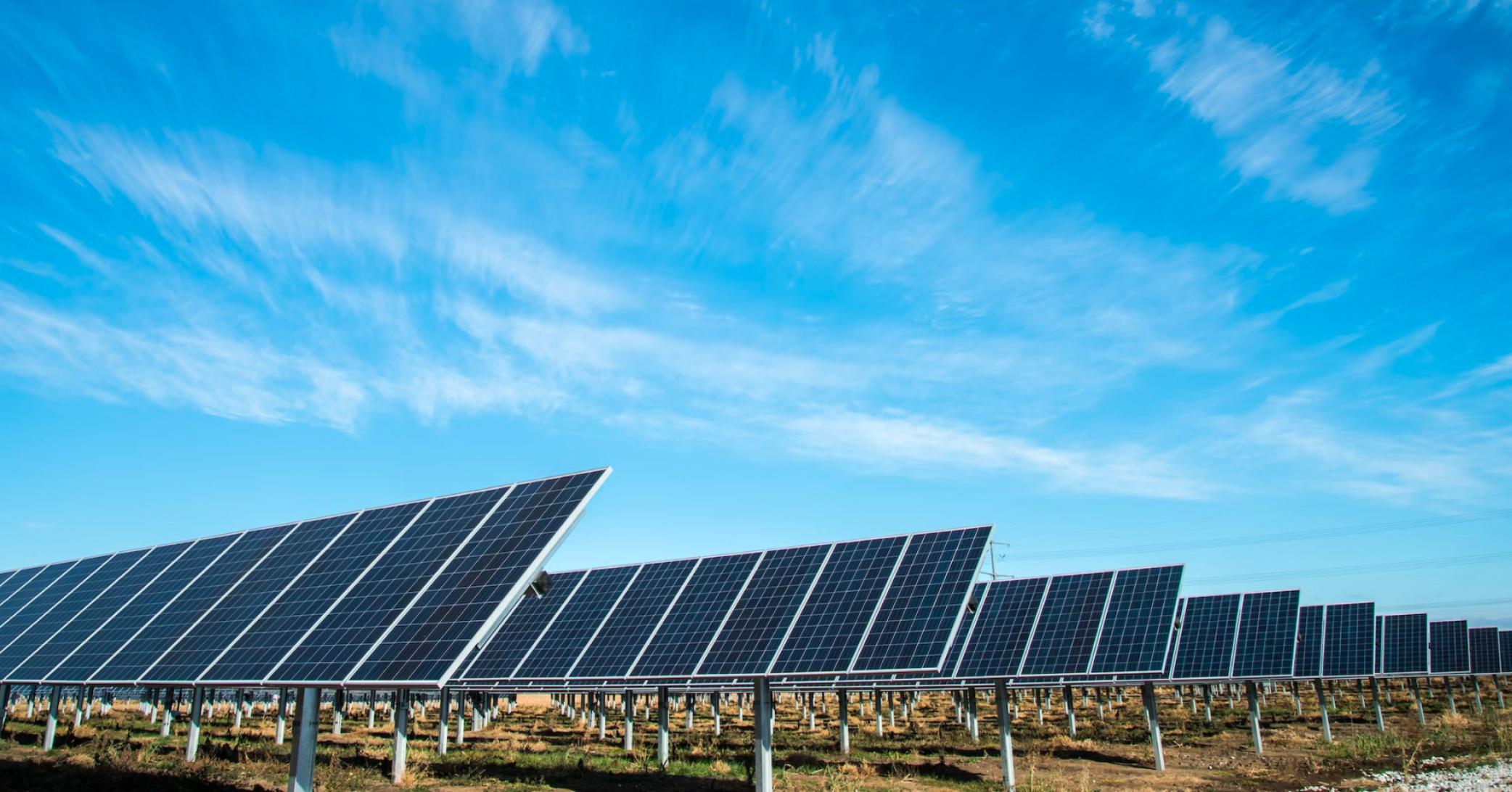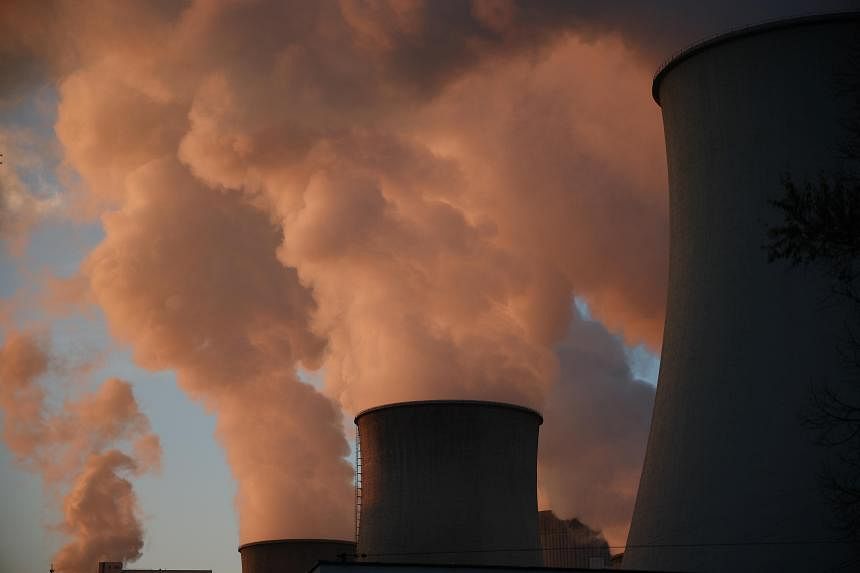Kishida says Japan is ready to lead Asia in achieving decarbonization and energy security
THE ASSOCIATED PRESS
December 19, 2023
Japan’s Prime Minister Fumio Kishida pledged to lead efforts to simultaneously achieve decarbonization, economic growth and energy security in Asia, an ambitious goal he set Monday at a regional climate summit attended by Southeast Asian leaders.
Kishida told the summit of the Asia Zero Emission Community, or AZEC, that the initiative will create “a new, huge decarbonization market in Asia that will attract global capital.”
Decarbonization in Asia will require 4,000 trillion yen ($28 trillion), Kishida said, and promised to establish a new organization to support AZEC countries in their effort to implement policies needed to achieve carbon neutrality.
Leaders of nine member countries of the Association of Southeast Asian Nations except Myanmar, in addition to Australia, expressed commitment to cooperate toward achieving carbon neutrality. The summit was held one day after Japan hosted a special summit Sunday commemorating 50 years of ties with ASEAN.
As part of the AZEC initiative, Japan is offering to help other members with technologies to cut emissions, including co-firing technology using ammonia or hydrogen, as well as bendable and more mobile solar panels.
Kishida said Japan will cooperate with AZEC members in setting a decarbonization roadmap and other measures, while also offering support in funding, technology and human resources by establishing the Asia Zero Emission Center in Indonesia.
Japan has achieved 20% emissions reduction and is on course to meet the targeted 46% by 2030, saying it will achieve its net-zero goal by boosting renewables as the main source of power, utilizing nuclear power and taking other measures.
Japan has faced criticism from environmental groups for not setting a timeline to stop using fossil fuel. Kishida, at the COP28 summit in Dubai, promised that Japan will end new construction at home of unabated coal fired power plants, in a show of clearer determination than in the past toward achieving net-zero.
Kishida has also pledged that Japan will issue the world’s first government transition bond with international certification. Japanese officials say Japan aims to fund 20 trillion yen ($135 billion) over the next 10 years to promote private sector investment worth 150 trillion yen ($1 trillion).
Japan will contribute to the expansion of lending capacity totaling about $9 billion through the provision of credit enhancements to the World Bank and the Asian Development Bank and will also make a separate contribution of the new fund of the African Development Bank, Kishida said.
Japan promotes co-firing technology in Asia to help curb emissions
TOKYO – Japan is offering to help Asia-Pacific nations curb emissions with various technologies, including a climate solution that critics say may extend the life of fossil fuel power plants.
Prime Minister Fumio Kishida’s government on Dec 18 hosted a meeting of leaders from the Asia Zero Emission Community (Azec), which includes Indonesia and Thailand, offering decarbonisation solutions such as bendable solar panels and offshore wind. One technique being promoted is co-firing, which uses less-polluting ammonia or hydrogen as a substitute for a proportion of coal or gas burned at power stations.
Japan sees co-firing as a potential emissions-reduction tool for the country, which lacks land to install renewables, and also for nations across South-east Asia that have invested in coal-fired plants that could continue to operate for decades more.
“Coal-powered plants in Asia are much younger than those in the US and Europe, making it difficult to shut them down immediately,” said Mei Makinouchi, a deputy chief researcher at Dai-ichi Life Research Institute, which provides economic and policy research and analysis. Developing nations could be helped with solutions that attempt to reduce the use of coal or gas, rather than being told to “stop using all fossil fuels at once,” she said.
Critics say co-firing technology is too costly and does too little to actually reduce emissions from fossil fuel-powered electricity generation. The technology is still in development and not yet available for wide deployment. Current proposals to co-fire ammonia or hydrogen in power plants typically involve replacing only 20 per cent to 30 per cent of coal or gas burned.
Japanese manufacturers that make turbines and boilers for coal and gas plants are seeking to export such equipment that can be used with hydrogen or ammonia.
For nations with rising power demand across Asia, “coal and gas power plants are the only things that can be used to help cover the exponential growth in electricity,” said Nobuhiko Kubota, managing executive officer and general manager of corporate research and development at IHI Corporation, which began researching use of ammonia in 2013.
IHI and Japan’s top power producer Jera plan to replace as much as 20 per cent of coal with ammonia at a unit at Hekinan power plant in Aichi prefecture by the end of March.
Debate over the use of co-firing follows the COP28 climate summit in Dubai, which last week indicated continued support for the use of natural gas, even as nations committed for the first time to a transition away from fossil fuels.
Nations should aim to deploy other proven tools to decarbonize their power systems, according to the Institute for Essential Services Reform, a Jakarta-based environmental and energy think tank.
“Betting on co-firing could delay the deployment of existing zero-emission options” such as solar and wind power, said Fabby Tumiwa, executive director of the organisation, in a webinar last week.
It also remains unclear whether there will be sufficient supply chains to deploy fuels like ammonia and hydrogen at the scale that’d be required to lower power sector emissions, according to Kentaro Tamura, a programme director at Japan-based Institute for Global Environmental Studies.
“It becomes a chicken or the egg paradox,” Tamura said. “Countries could be derailed from the pathway to net zero if there isn’t cheap and ample supply of ammonia.”
S'pore renewable energy company investing over S$850 million to build battery plant in Japan
The company plans to establish a Japanese subsidiary as early as the first half of 2024.
Keyla Supharta | December 19, 2023,

The Singapore-based company intends to tap into Japan's demand for storage capacity as a result of the rapid shift to renewable energy.
Triple battery storage capacity at one site
The facility will host power plants with a total output of 500 megawatts and a storage capacity of 2,000 megawatt-hours, which is enough to charge 50,000 electric vehicles.
According to the plan, it will be brought online as early as 2028.
The storage facilities will be built on a 10-hectare to 15-hectare site which will be selected from shortlisted plots in Fukushima and Tochigi prefectures.
Meanwhile, Toshiba Mitsubishi-Electric Industrial Systems and a Nippon Koei subsidiary will work together to acquire and design the batteries.
The new site will have triple the storage capacity of a facility opened by Toyota Tsusho in Hokkaido earlier this year, which currently includes Japan's largest-scale storage battery system, power transmission, and substation facilities.
Increase in popularity
Battery storage has enjoyed increasing popularity in recent years, particularly in the U.S. and Europe.
Lithium-ion batteries for battery storage are getting cheaper— with prices decreasing 14 per cent from last year, hitting a record low of US$139 (S$185) per kilowatt-hour, according to a November report by U.S. research organisation BloombergNEF.
This was a result of a price decrease in raw materials and components as production capacity increased across all parts of the battery value chain, while demand growth fell short of some industry expectations.
BloombergNEF expected the price to drop to US$113 (S$150) per kilowatt-hour in 2025 and US$80 (S$106.5) per kilowatt-hour in 2030.
Subsidies for battery storage industry
In April this year, Japan announced that they would provide as much as 184.6 billion yen (S$1.7 billion) in subsidies to the battery energy storage industry, increasing the number of foreign companies entering the Japanese market.
For instance, Australia's Akaysha Energy, well-known for its battery storage system Waratah Super Battery, had established cooperation with Japanese trading house Itochu to develop energy storage in Japan.
Macquarie Group, an investment bank based in Australia, was also looking at investment opportunities in Japan through its battery storage business Eku Energy.
Japanese companies are also not idle.
Japanese global petroleum and metals conglomerate Eneos Holdings planned to install 300 megawatts of battery storage at its domestic oil refineries and former refinery sites.
JFE Engineering, known for its steelmaking and shipbuilding technology, also planned to develop a battery storage business.
Establishing Japanese subsidiary
Supported by New Zealand infrastructure investment company Ingratil, Gurin Energy operates solar and wind power plants in several parts of Asia, such as Indonesia and South Korea.
Gurin Energy's facilities, including projects under development, have an output amounting to 7,000 megawatts of green energy.
The Singapore-based company planned to grow a new business focusing on storing electricity extracted from renewables.
They are also planning to establish a Japanese subsidiary as early as the first half of 2024 and considering building other facilities in Japan in the medium to long term.
Speaking to Nikkei, Gurin Energy CEO Assaad Razzouk said that "curtailment"— temporarily limiting the production of renewable energy facilities to balance supply and demand— will be a key feature in Japan as the country plans to add more solar, offshore and onshore wind facilities in upcoming years.
Battery storage can be used as a regulating system, charging and discharging depending on supply and demand to prevent wasting the energy.
Top image via American Public Power Association/Unsplash

No comments:
Post a Comment